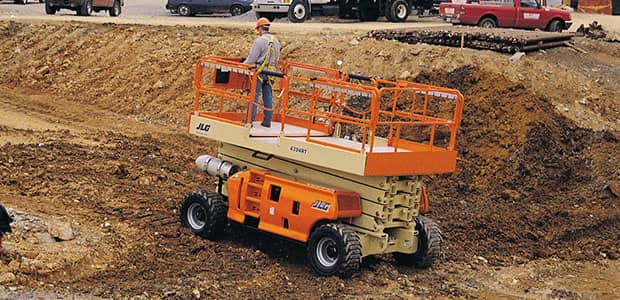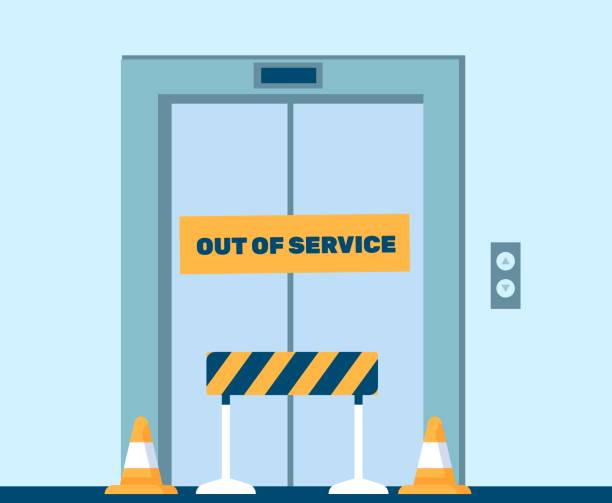Advanced Lift Engineer Course: Get Ready For Careers with Leading Lift Repair Companies Near Me
Advanced Lift Engineer Course: Get Ready For Careers with Leading Lift Repair Companies Near Me
Blog Article
Comprehensive Overview to Lift Systems and Their Upkeep
Navigating the detailed globe of elevator systems and their maintenance is a job that requires accuracy and knowledge. From the different kinds of lift systems being used to the careful adherence to safety and security guidelines, the upkeep of these upright transportation tools is a complex endeavor. As structures soar greater and technology developments, the requirement for a thorough understanding of lift systems becomes progressively essential. Join us as we unwind the complexities of lift maintenance, checking out typical concerns, best methods, and advanced modern technologies that form the contemporary landscape of vertical transportation.
Kinds Of Lift Equipments
The most common types consist of hydraulic elevators, traction elevators, machine-room-less elevators, and vacuum elevators. Hydraulic lifts are ideal for low-rise structures and use a hydraulic piston to move the lift auto. Machine-room-less lifts are a space-saving alternative as they do not require a separate equipment room for the elevator equipment.
Each kind of elevator system has its own benefits and downsides, making it crucial for structure proprietors and programmers to carefully consider their specific needs prior to picking the most appropriate alternative. Factors such as building elevation, space schedule, energy efficiency, and spending plan restrictions all play a significant duty in establishing the very best lift system for a certain building.
Common Upkeep Problems
Normal maintenance of lift systems is crucial to guarantee smooth operation and extend their lifespan. In spite of normal maintenance, lift systems can still come across usual maintenance concerns that require to be without delay dealt with to prevent disruptions in solution. Normal assessments and positive upkeep can assist determine and solve these typical upkeep issues before they escalate and influence the total efficiency of the lift system.
Safety And Security Laws and Conformity
Complying with rigid safety and security regulations and making certain compliance with industry criteria are vital for maintaining the operational integrity of elevator systems. Elevators undergo an extensive collection of safety and security regulations to secure guests, upkeep personnel, and the basic public. Regulatory bodies such as the Occupational Safety And Security and Health Administration (OSHA) in the United States and the European Lift Association (ELA) in Europe develop guidelines that cover different facets of elevator layout, operation, setup, and maintenance.
Conformity with these guidelines is not just a legal need but likewise a moral obligation for structure owners and lift upkeep firms. Failure to fulfill safety standards can cause fines, legal responsibilities, and, most notably, threaten the security of people using the elevator. Regular assessments, maintenance checks, and adherence to security protocols detailed in the regulations are important to make certain the effective and risk-free operation of lift systems. By prioritizing safety and security policies and compliance, stakeholders can promote the trust fund of the public and mitigate potential risks connected with lift use.
Best Practices for Upkeep

Another vital best practice is to quickly attend to any uncommon noises or noted problems to avoid more damages. Carrying out a proactive approach to maintenance can conserve time and money in the lengthy run by avoiding costly fixings or substitutes. Building owners should additionally take into consideration buying innovation upgrades to boost the efficiency and safety of their lift systems. By complying with these finest practices, lift systems can run smoothly and Visit This Link safely, providing trusted vertical transport for owners.

Advanced Technologies for Effectiveness
Carrying out sophisticated modern technologies in lift systems can considerably enhance operational efficiency and guest experience. These systems permit travelers to input their preferred flooring prior to getting in the lift, which then guides them to the most reliable car.
Moreover, the integration of wise sensing units and predictive maintenance abilities has changed lift upkeep. These sensors can pop over to this web-site discover potential issues prior to they rise, making it possible for positive upkeep interventions and reducing downtime. In addition, using energy-efficient parts and regenerative drives helps lower power intake and operating expense in elevator systems.
Additionally, the implementation of cloud-based monitoring and remote diagnostics enables real-time monitoring of elevator performance and prompt troubleshooting of any breakdowns. This positive technique not only boosts system integrity but likewise enhances the overall individual experience by guaranteeing smooth and uninterrupted lift procedures.
Conclusion
In final thought, understanding the various kinds of elevator systems, usual maintenance concerns, safety laws, finest upkeep techniques, and progressed innovations for performance is critical for making certain the smooth operation of lifts. By adhering to safety guidelines and executing best methods for upkeep, structure proprietors can lengthen the life expectancy of their lift systems and make certain the security of travelers. It is necessary to remain upgraded on the most recent improvements in lift modern technology to improve web link efficiency and reliability.
The most typical types include hydraulic lifts, grip lifts, machine-room-less elevators, and vacuum lifts. Hydraulic lifts are optimal for low-rise structures and make use of a hydraulic piston to relocate the elevator car. Machine-room-less lifts are a space-saving option as they do not require a separate maker room for the elevator machinery. Normal examinations and proactive upkeep can aid determine and settle these usual maintenance concerns prior to they escalate and impact the total performance of the elevator system.

Report this page